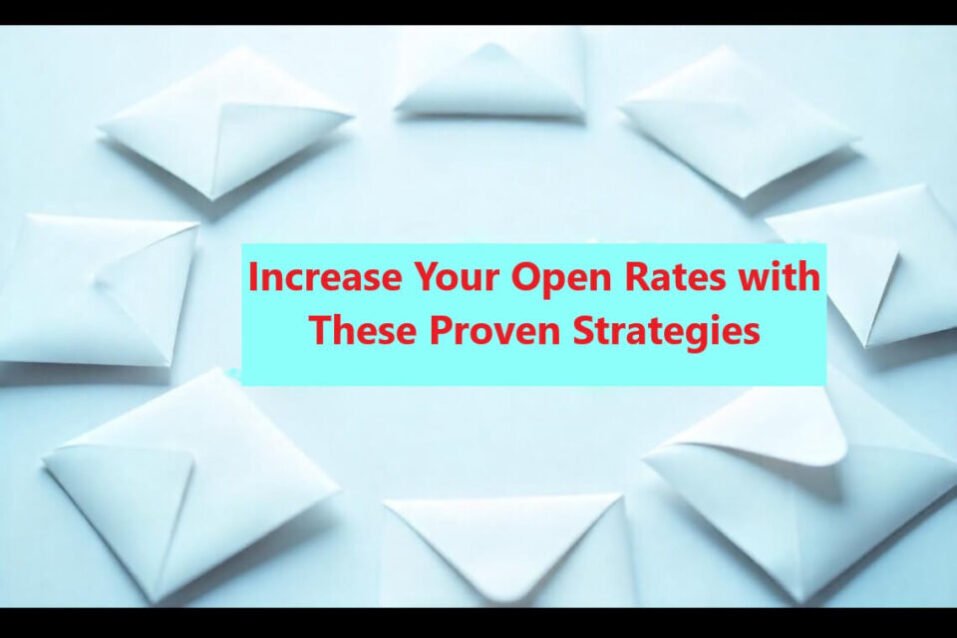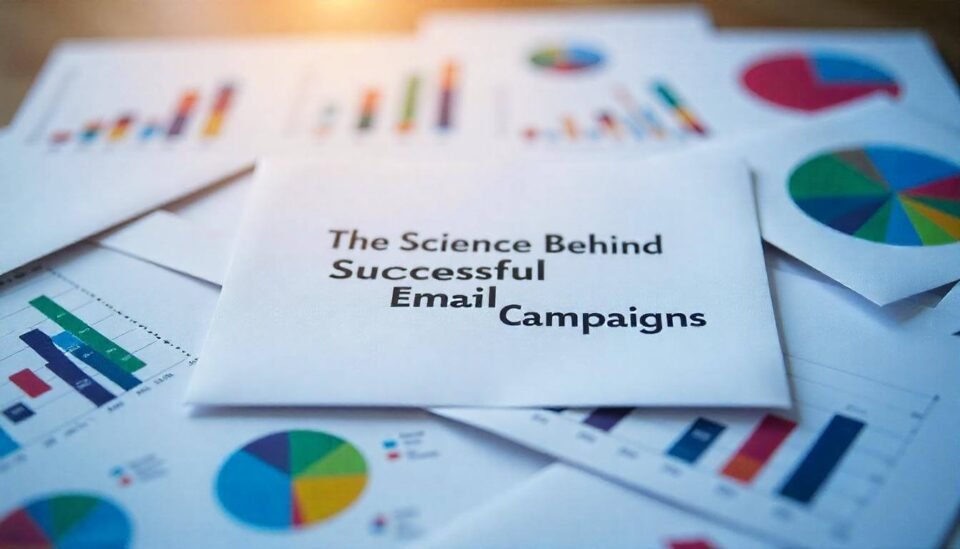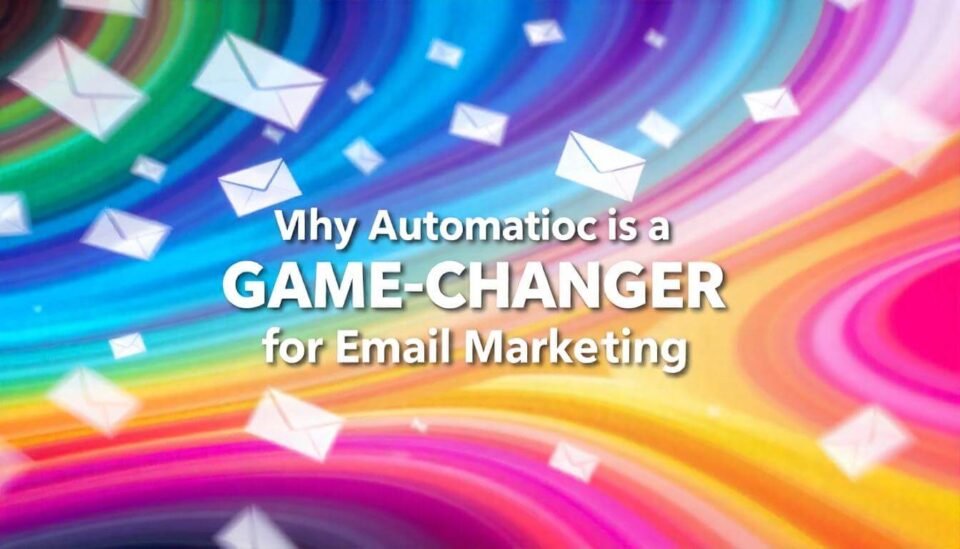Still, email marketing is one of the most powerful tools in a digital marketer’s arsenal. While social media and other communication platforms are taking off, email remains an excellent yielder of return on investment (ROI). The secret here is to create campaigns that don’t just open up but actually close them. Without further ado we’ll get into that email marketing guide, and discuss what makes email marketing important and in effect how to turn your inbox into a conversion engine.
Email Marketing Still Relevant in 2017 Why
The inbox holds a highly personal space for customers, with millions checking their emails each day, a great space for businesses to directly engage with potential customers. The main benefit of doing email marketing is you can target a specific audience, people that are more likely to buy from you with the messages you sent them. Records show email marketing consistently pulls ahead of social media platforms when it comes to sales. Email marketing has a proven ROI of $42 per dollar spent making it a business must have when it comes to growing your business.
Building Your Email List: Quality Over Quantity
Before we start with our email campaigns, one must create a good quality email list. While it might be tempting to acquire an overwhelming amount of email subscribers, if they’re not engaged and they’re not people who could benefit from your products or services all the time, then all the work you put in with your email marketing will be wasted. Here are a few strategies to build an effective list:
Offer Value Upfront: To entice visitors to join you use lead magnets like free guides, eBooks or discounts.
Segmentation: Demographics, purchase history, or behavior segment your email list. It enables sending of personal emails to the right people in the right time.
Opt-In Forms: Strategically place your opt in forms on your website, blog and social media profiles.
Crafting the Perfect Email
The next step is to create emails that get emails open and emails that prompt action from your list. Here are some key elements of a successful email:
1. Subject Line: The First Impression
Your first, and many times only, opportunity to get the reader’s attention – this is the subject line. But a good subject line can raise your open rates by a lot. Make an effort to keep it short, both in terms of read time and size, and clear about what the sender is promising the recipricent will receive upon opening the email. When you can, use personalization: send message to the recipient’s name, or personalize the subject by blending a person’s interests with a brand message.
2. Email Body: Value and Clarity
With the body of your email, you want to be about providing value to the recipient. If you’re providing a discount, promoting a new product or even sharing useful content, your message should be crystal clear and to the point. If you overload the email with too much text, don’t. If you’re keeping it concise, make sure the tone matches your brand’s voice. Visit avada.com to get some beautiful live demos, and to learn more about how it all works. As always, if you like it, use the testimonials or success stories to help build trust.
3. Call to Action (CTA): Direct and Clear
A call to action (CmA) should be clear and actionable in every email. Whatever the purchase, webinar enrollment, or guide download, the CTA should be easy to see and easy to figure out. Use action-oriented words like “Get Started,” “Shop Now,” or “Learn More” to encourage clicks.
4. Design: Clean and Professional
Design of your email matters more than you might think. It has the beautiful touch of a clean, professional layout that will prove to elevate the user experience and allow your message to shine through. Make sure the email is mobile ready since most emails are opened on mobile devices. You want to use visually pleasing images, but also ensure they are optimized for quick startup.
Segmenting Your Email List for Maximum Impact
The goal with effective email marketing isn’t to send one message to your complete list. In order to really make the most of email you have to segment your audience by many criteria so that you can understand who you are sending it to. And in doing so, you’ll send out more personalized, relevant content that will speak to each individual group. Common segmentation strategies include:
Demographic Segmentation: It doesn’t matter if you’re a man or a woman, an adult or a youngster, in a certain location, such as where you live or where you work.
Behavioral Segmentation: Website interactions, email engagement and purchase history.
Lifecycle Stage: There is new subscribers, active customers or inactive users.
The best part about a segmented email list is that it allows you to offer email content that best meets your recipients’ needs, generated from overarching marketing strategies.
Implementing of the Emails
Email marketing automation is a life saver for a business. With automated workflows you’re able to automatically send the right messages to the right people at the right time without lifting a finger. Some essential automated email campaigns include:
Welcome Emails: If a new subscriber has joined your list, then you should send a number of welcome emails to introduce your brand and offerings.
Abandoned Cart Emails: When customers put products in their cart but don’t finish the purchase, send a customer reminder email to settle up.
Post-Purchase Emails: When a customer buys from you, instead of the email offering someone to design a new Facebook page for you (as most emails do), you send a thank you email along with product recommendations or even a request for a review.
Automation means you never manually send an email to your audience, knowing that each email will always be seen.
Email Campaign Performance Analysis
To enhance continuously your email marketing efforts, it is necessary to keep track of the key metrics indicating the good or bad of your campaigns. Some important metrics to keep an eye on include:
Open Rates: This will show you how well your audience is responding to you, and how well your subject lines are working.
Click-Through Rates (CTR): It is a number of the number of links your mail recipients clicked. It is a means to input and how relevant and engaging is your content.
Conversion Rates: But, fundamentally, email marketing is supposed to drive sales. Know when how many of your recipients took a certain required action like purchasing.
Bounce Rates: If your email list or delivery rate is high, it could mean you have some issues.
The use of these metrics allows you to constantly adjust your email strategy to squeeze the most ROI possible.
Personalization: How to Make Your Engagement Better
It’s not just about including the recipient’s name in the subject line. So, it’s about the content that you will tailor to individual preferences, interests, and behavior. The more personalized it is, the more engaged they’ll be. Then you might want to choose dynamic content blocks that will change based on subscriber data or actions. Birthday emails, Personalized recommendations and Re body, enthused ready campaigns are great ways to make your audience feel valued that will add the chance of a sale.
How to Succeed with Your Email Marketing: Best Practices.
To wrap things up, here are a few best practices that will help ensure the success of your email campaigns:
Send Emails Consistently: Do not over email your subscribers, don’t be too long gone either. Locate the right balance, and follow a routine schedule.
Test and Optimize: Run CTAs, subject lines, and content A/B test always to see what works best for your audience.
Stay Compliant: Prevent your emails from being sent with penalties by being sure that your emails follow regulations like GDPR, CAN-SPAM, etc.
Provide Unsubscribe Options: But always provide an easy way for recipients to unsubscribe from your emails. Not only do you stay compliant, you have a healthy email list.
Conclusion
If done right, email marketing can be a very powerful tool for converting leads to sales. If you concentrate on growing a good email list, creating engaging emails, segmenting your audience, and automating campaigns, you can achieve sensible results. The magic is created when you provide value, run with personalized content, but most importantly, you are always trying to find ways to be better. If you have the right strategy in place, you can turn your inbox into a sales engine that will keep customers hooked on your brand and help you sell your products faster.
And if you think email marketing is just about sending messages, you’re missing out on the opportunity to build relationships and deepen subscriber’s purchase intent. The strategies in this playbook will help you start turning your email campaigns into your sales channel.




